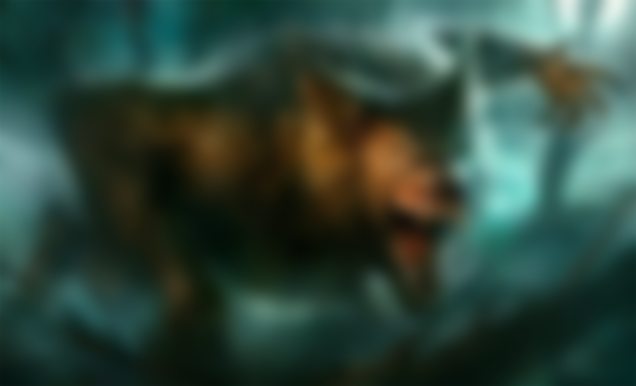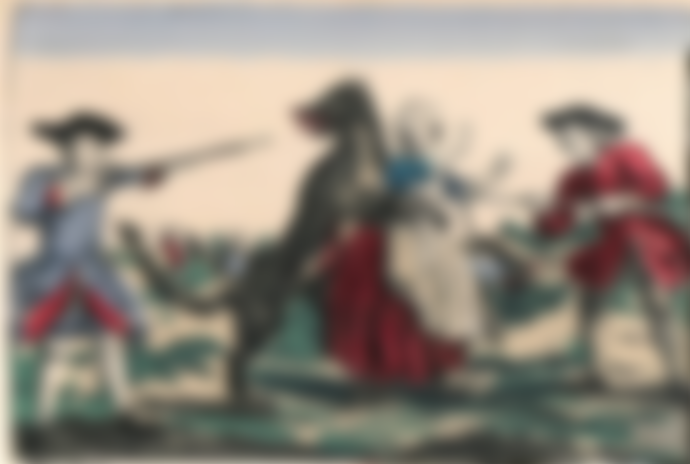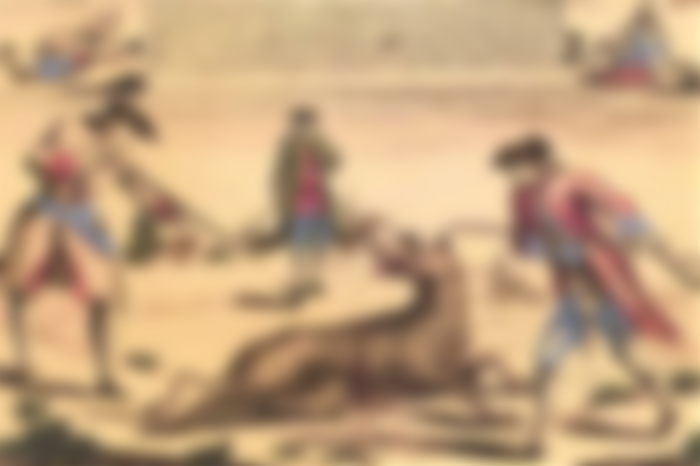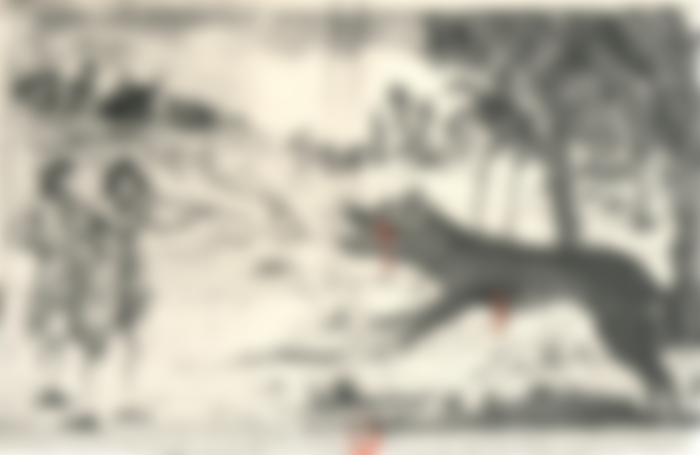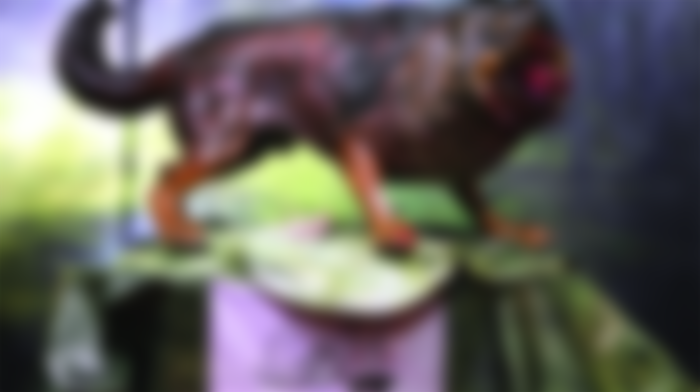The legend of the beast from Gévaudan
If you’ve read “The Donkey Journey to Cévennes,” Robert Louis Stevenson’s 1879 novel, or watched “The Wolf Brotherhood,” the acclaimed 2001 horror film by French director Christophe Gans, you’ve probably heard of “The Beast of Gévaudan.” What you may not have known is the fact that these seemingly imaginative works about a creature that may or may not be a werewolf are based on - a real event!

Legends about werewolves, dead people who, just like "fellow" vampires, come out of their graves at night and terrorize innocent people, date back to antiquity. In the Middle Ages, they were widespread throughout Europe, as supernatural explanations of natural phenomena that ignorant people could not explain. According to folklore, werewolves or lycanthropes are people who use magic or a curse - usually during a full moon - to transform into huge, monstrous wolves with avoided yellow eyes. A man sometimes "withdraws" from the carelessness of his relatives - for example, if they allow him to die without a candle or for a black cat to pass over his corpse. According to older accounts, werewolves can be tamed in the same way as vampires, with a hawthorn stake through a pagan heart; according to the newer ones, at least one silver bullet should be fired at the mentioned part of the anatomy. In the fight against these demonic entities, it was believed that fire and, for some reason, overturned things also helped.

It is this legendary creature that is most often named as the culprit for a series of horrific deaths in the idyllic French province of Gévaudan. In exactly three years, from 1764 to 1767, nearly three hundred people ended up under the teeth of an unknown beast in this formerly peaceful area. The corpses were terribly mutilated: their throats were torn out, their entrails torn, their faces turned into bloody porridge - and their loved ones had problems with identification!

The first victim of the cannibal was a fourteen-year-old shepherdess, Jeanne Boulet. On a warm afternoon, June 30, 1764, her mutilated body was found near the town of Langogne. The parents didn't even have time to bury their sweetheart when the horrible monster struck again. And this time, the victim was a teenager. According to local legend, the unfortunate girl managed to describe her attacker before she let out her last painful breath. She allegedly told the man who found her in the woods that she had been torn apart by "a huge creature with disfigured fangs, similar to a wolf but much bigger".
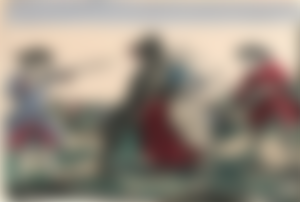
Over the next few months, attacks ensued, and fear imprisoned villagers in their homes. They did not dare to go out at night, and they watched over the children like sparrows. The situation was becoming increasingly unbearable, so the situation in the region was reported to the French King, Louis XV. A group of experienced wolf hunters was sent from Versailles, who killed several large specimens in the vicinity of Gévaudan. The inhabitants of the region celebrated them as heroes while they showed them skinned wolf skins. Just as the locals began to relax a bit, believing the threat was a thing of the past, new attacks ensued, more frequent and even more severe.

Professional soldiers, led by Jean Baptiste Duhamel, also joined the hunt. The one who manages to liquidate the Beast was promised a one-year salary, but no one received the award, and the bloody feast continued. Almost every man, woman and child in the end were convinced that the killer was not an ordinary animal but a monster that dogmatized from the depths of hell. Only a few skeptics concluded that it was a pack of wolves or an extremely large wolf. The latter, it turned out, were right.

In June 1767, Jean Chastel, a local hunter who killed his closest family members, set out in pursuit of the bloodthirsty man. Having nothing to lose, Chastel, driven by a desire for revenge, spent days and nights in the woods, armed only with a rifle and a Bible. As he flipped through the Bible on guard, he heard a muffled growl. Before his eyes, illuminated by the moonlight, appeared the largest wolf he had ever seen. Without a moment's hesitation, the experienced hunter reached for his rifle and aimed the bullet straight at his forehead. Emitting a horrible howl, the hairy monster tried to pounce on the man once more, and, hit by another bullet, she finally rolled onto her side.

People initially suspected that the monster that had been depriving them of sleep for so long had indeed been killed, but the attacks really stopped after that day. Over time, the story of Chastel's triumph was enriched with imaginative details, such as that he used silver bullets and that a dozen half-digested people fell out of the dismembered corpse of the Beast, but as I have already pointed out, it is a popular exaggeration. There is no doubt that the giant wolf really terrorized the area, but many details of its vices can be attributed to some kind of mass hysteria.
